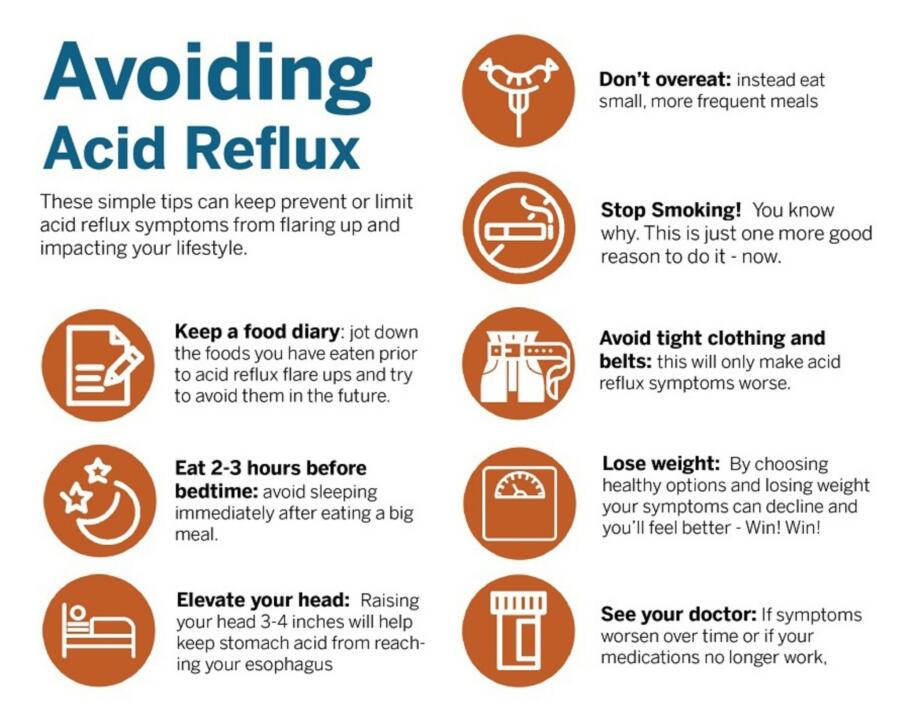
Living with diabetes comes with various challenges, and among them, foot complications are prevalent and potentially severe. Understanding the causes, symptoms, and proper management of managing diabetes foot complications is crucial for maintaining overall health and well-being. If you’re living with diabetes, safeguarding your feet is paramount. Even if they feel fine, daily foot checks are crucial. Moreover, promptly consult your doctor if you notice any cuts or blisters that refuse to heal.
Managing diabetes entails numerous responsibilities—from monitoring blood sugar levels to maintaining a healthy lifestyle. Amidst these tasks, foot care often takes a back seat. However, prioritizing daily foot care is vital for averting potential complications. Nerve damage affects about half of all individuals with diabetes, primarily impacting the feet and legs. This damage can lead to loss of sensation, making it challenging to detect injuries.
While being pain-free may seem beneficial, it can pose risks. Pain serves as a warning signal, alerting you to potential problems. Without pain sensation, unnoticed cuts or sores can escalate into serious issues.
Assessing Your Risk: Various factors elevate the risk of nerve damage among individuals with diabetes:
- Poorly managed blood sugar levels
- Long-standing diabetes, especially with persistently elevated blood sugar levels
- Overweight or obesity
- Advanced age (over 40 years)
- Hypertension and high cholesterol levels
Understanding Diabetic Foot Ulcers: Diabetic foot ulcers, if not managed effectively, can lead to many complications, including foot ulcers. These ulcers stem from factors such as poor circulation, high blood sugar levels, nerve damage, and foot trauma. They often occur under pressure points, such as the balls of the feet and the big toes, and can extend deep into the tissue, even affecting the bones.
Symptoms and Diagnosis: Detecting foot ulcers early is essential for effective treatment. Symptoms may include drainage from the foot, unusual swelling, redness, and odor. In severe cases, black tissue surrounding the ulcer may be visible, indicating a lack of healthy blood flow. Prompt consultation with a healthcare professional is necessary if any concerning symptoms arise.
Diabetic foot complications pose significant challenges, but with vigilant monitoring, prompt intervention, and adherence to preventive measures, individuals can effectively manage these issues and maintain optimal foot health. Prioritizing foot care as part of overall diabetes management is essential for enhancing quality of life and minimizing the risk of severe complications.
Identifying the Severity: Healthcare providers use the Wagner Ulcer Classification System to assess the severity of foot ulcers, ranging from superficial lesions to extensive gangrenous involvement. Understanding the severity aids in determining the appropriate treatment plan.
Causes and Risk Factors: Diabetic foot ulcers often arise from a combination of poor circulation, high blood sugar levels, and nerve damage. Additionally, factors such as improper footwear, hygiene practices, and comorbidities like heart and kidney diseases can heighten the risk. Older men are particularly susceptible to these complications.
Treatment and Management: Proper management of diabetic foot ulcers involves a multifaceted approach. Off-loading pressure from the affected foot, wearing specialized footwear, and regular debridement are essential. In cases of infection, prompt medical attention is necessary, often involving antibiotic therapy and, in severe cases, surgical intervention.
Preventive Measures: Prevention is key in mitigating diabetic foot complications. Maintaining stable blood sugar levels, practicing good foot hygiene, wearing appropriate footwear, and regular podiatric care are fundamental preventive measures. Adhering to these practices can significantly reduce the risk of recurrent ulcers. Maintaining stable blood sugar levels is paramount in preventing nerve damage or halting its progression. Additional measures include:
- Smoking cessation: Smoking hampers blood flow to the feet, exacerbating complications.
- Healthy dietary habits: Prioritize a balanced diet rich in fruits, vegetables, and low in sugar and salt.
- Regular physical activity: Incorporate daily exercise to promote circulation and overall health.
- Adherence to prescribed medications: Follow your doctor’s instructions regarding medication usage.
When to Seek Medical Attention: It’s crucial to seek medical help promptly if any signs of infection or deterioration, such as blackened flesh or persistent pain, are observed. Early intervention can prevent further complications and the need for invasive treatments like amputation. Promptly consult your doctor or foot specialist if you experience any of the following symptoms:
- Leg pain or cramping during physical activity.
- Tingling or burning sensations in the feet.
- Loss of sensation or altered temperature perception.
- Changes in foot shape or appearance.
- Dry, cracked skin or fungal infections.
- Ulcers, sores, or infected nails.
Ensuring proper footwear is essential for individuals managing diabetes:
- Wear Shoes or Slippers at All Times: Always wear shoes or slippers, and diligently inspect them for any potential hazards, such as rough areas, before putting them on.
- Select Comfortable Shoes: When purchasing shoes, prioritize comfort and ensure they fit well right from the start. Avoid tight shoes, even if you anticipate they will stretch over time. It’s advisable to shop for shoes later in the day when your feet are at their largest.
- Gradually Break in New Shoes: Introduce new shoes gradually by wearing them for one to two hours per day during the first week or two.
- Rotate Shoes: Change worn-in shoes every five hours during the day to alleviate pressure points and reduce the risk of discomfort.
- Avoid Certain Types of Footwear: Steer clear of flip-flops, sandals, shoes with pointed or open toes (such as high heels), and stockings with seams, as they may exacerbate foot issues.
- Opt for Clean, Dry Socks: Wear clean, dry socks or non-binding pantyhose without any holes. Consider socks with extra padding or those designed to wick moisture away from the feet.
- Choose Breathable Materials: Select shoes made from breathable materials like leather, canvas, or suede, as they allow air circulation around the feet. Avoid shoes made from materials that restrict airflow, such as plastic.
- Prefer Easily Adjustable Shoes: Opt for shoes with laces, Velcro, or buckles, as they allow for easy adjustment to accommodate changes in foot size or swelling.
With timely and comprehensive management, diabetic foot ulcers are treatable. However, healing may take several weeks or longer, particularly in cases of poorly controlled blood sugar or persistent pressure on the affected area. Adhering to a healthy lifestyle, including proper nutrition and foot care, is essential for long-term recovery and preventing recurrence.
By diligently following these guidelines and promptly addressing any concerns, individuals with diabetes can effectively prevent serious foot complications and maintain optimal foot health. Regular self-care and medical attention are indispensable in safeguarding against potential complications.
References:
- Smith-Strøm, H., et al. (2021). “Daily Foot Care Practices for Diabetic Patients: A Comprehensive Review.” Journal of Diabetes Management.
- Spampinato, S. F., et al. (2022). “Optimizing Wound Healing in Diabetic Patients: A Systematic Review of Therapeutic Interventions.” Journal of Diabetes Research.
- Tan, T.-W., et al. (2020). “Addressing Disparities in Diabetic Foot Infection Outcomes: A Retrospective Analysis.” Journal of Endocrinology and Metabolism.





























